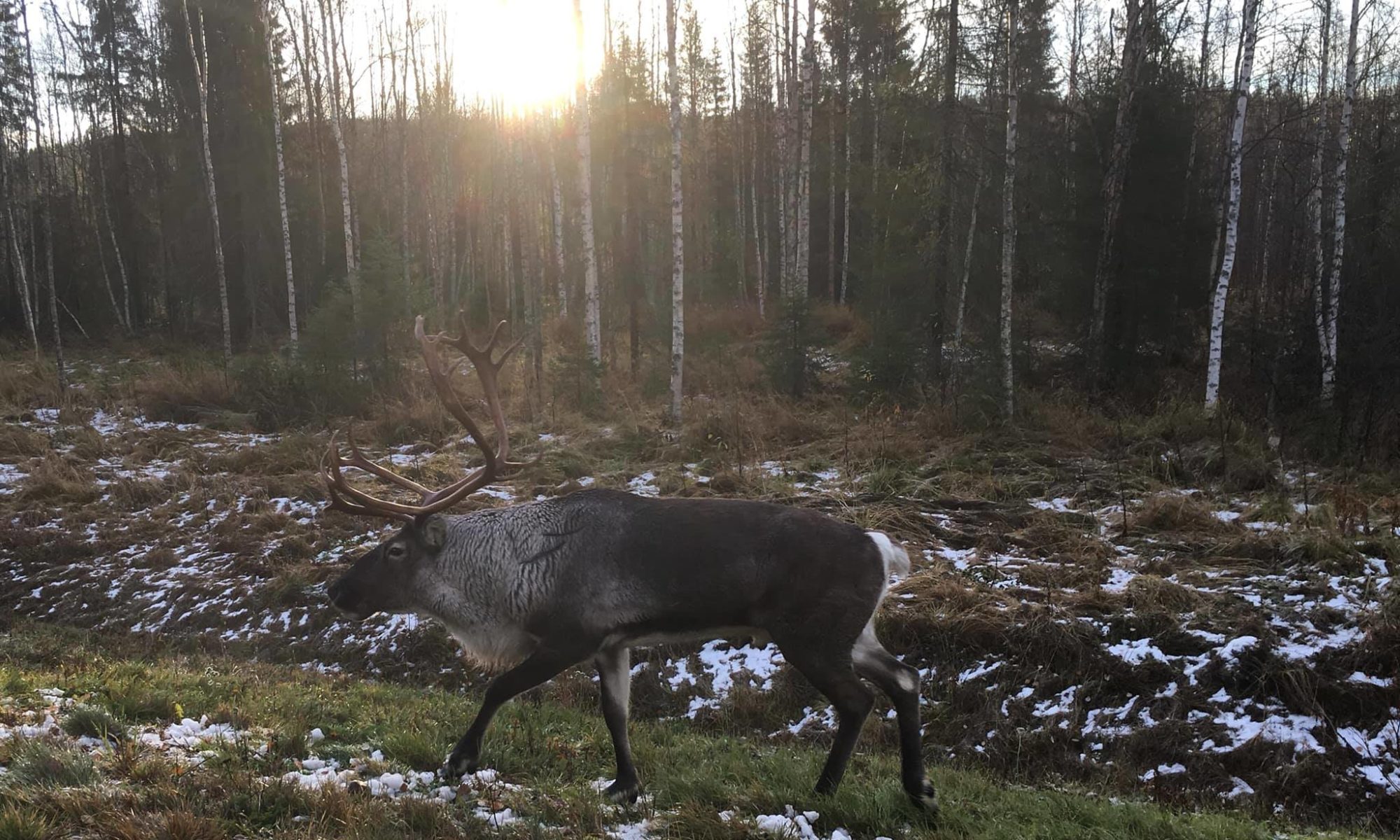I take one (90min) class period to cover the topics of what a fossil is, how it becomes a fossil, and how it is dated, and I take one class period to cover how scientists reconstruct the environment and behavior a fossil had in life. In an effort to make what can be a very dry build up to fossil primate and fossil hominins, I created two activities for my class to cover dating techniques and paleo-reconstructions.
Dating Techniques: The first activity is a very straight forward match the dating technique to how it works and to the date range it is limited to. The class will start with a discussion on what a fossil is and the taphonomic process. Students, in groups of 4ish, will then be given the pieces to match and about 10-15 minutes to match them. Once they have matched them up as best they can, I go over the answers and provide a bit more information about each technique. If you use this, you will need to print enough copies for the number of groups you use and cut out all the pieces (just follow the lines on the document).
File: Dating Matching game
ONLINE FRIENDLY VERSION
This can be done very similarly as the version above. You can split the class into Zoom breakout rooms and provide each group with this Google Slides document, which is the same as the matching game above but put into a more convenient collaborative online form. Students work together to copy and past the dating technique, its matching definition, and matching date range with the relative or absolute dating slides. You can then go through the answers with the class as a whole
Paleo-Reconstruction Case Studies: I thought it would be fun to let students try and recreate a creature (its diet, locomotion, behavior, environment) and possible taphonomic processes that played a role in preservation based on limited information similar to how it works in real life. This is a case study style of activity where student groups are provided with an image of a fossil and have to generate a reconstruction. As the activity goes on, I provide them with new pieces of information to help refine their reconstructions.
There are 11 files associated with this activity, 8 of which are the case studies:
1) Paleo-Reconstruction Activity Instructor Guide
2) Paleo-Reconstruction Activity Guide
3) Paleo-Reconstruction Dates & Reveal information
4) 8 Case Study Files:
1. Paleo-Reconstruction Case Study 1
2. Paleo-Reconstruction Case Study 2
3. Paleo-Reconstruction Case Study 3
4. Paleo-Reconstruction Case Study 4
5. Paleo-Reconstruction Case Study 5
6. Paleo-Reconstruction Case Study 6
7. Paleo-Reconstruction Case Study 7
8. Paleo-Reconstruction Case Study 8
ONLINE FRIENDLY VERSION
This, too, can be done in a similar manner online as in person. I have put all the cases into this powerpoint. I would recommend separating out each case into its own powerpoint or google slides documents to match the number of groups you will have in your class. Students should work in groups within Zoom breakout rooms, be given the corresponding file, and be told (on honor system) to not advance the slide until told they should. From there, you can follow the activity guides above.
